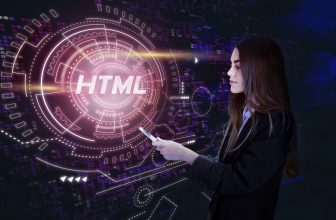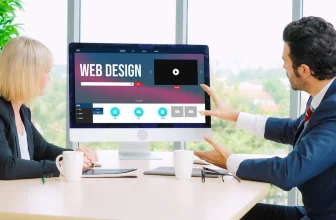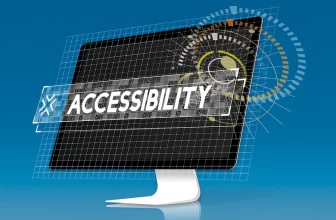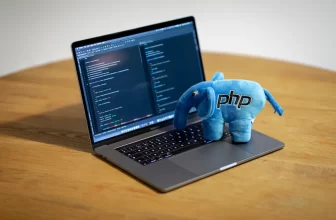
Animation to your app or websites is a powerful way to direct the attention of users to important information regarding service or products on your website and make its interface more interesting. Today animation has a broad range of applications and can equally contribute to web design.
Animation done well can improve the value of feedback and interaction; add personality to your interface and enhance the experience web users have on your platform.
Why animation?

Out of all the interactive elements, you can incorporate into your webpage, animation stands out the most. The application of animation is no longer limited to film and animation industries, today animation has a broad range of applications and can equally contribute to web design. If you hire a professional web designer you can be sure they’ll use animation to improve user interaction and interface display on your website — among other things. The animation is quickly becoming the foundation of effective interaction design.
What is the benefit of incorporating animations in web design?
With the increased popularity of flat and simplistic modern designs, a lot of visual cues have been removed from webpages. Using animation is a great way to retain those cues without affecting website aesthetics. Also, you can better guide visitors through the experience on your website.
Incorporating animation into your website will draw the attention of web users to a specific web page element and guide your visitors through your website.
How can animation be applied in web design?
1. Page transitions
Page transition is a great way to entertain and keep your website visitors engaged while the page is loading, making it a great way to navigate a website. If you do your web page transitions right, it also reduces page load time by a significant margin.
2. Menus
Animated menus play an important role in UI/UX design. Animated menus will thrill your website visitors and keep them engaged while spurring them to explore all the content available on a webpage.
3. Parallax
This is often used in the background to create a seamless effect on the web page as visitors scroll through. Parallax is essentially a story that is told in the background to keep the user interested as they browse through.
4. Input
Input animations are excellent and are often combined with validations and tooltips. With this, your website’s visitors can quickly fix errors and fill in missing fields to complete a form.
5. Loading
Loading is a great way to keep your users informed as to the level of a page’s load progress (how much time is left). This is would stop web users from chalking up slow-loading pages to Internet error and inspire them to remain patient as the page loads.
6. Hover
If you intend to get the attention of your website visitors as they scroll past a certain item, an animated hover effect is a great way to do this. It is also a great way to highlight clickable elements on a web page.
How to use animation in web design?
In the early days of the web, small GIFs were used with flash, dancing characters, and other traditional objects that nobody cares for in animation. Because of this, the animation was predominantly used for decorative purposes and had no application in improving the interactive elements on a website or its usability. However, with the advancement in technology, a lot of websites now combine animation in web design.
In the not so distant past, the animation was performed using flash memory technology which was good but increased the load time of a webpage. Thankfully, today animation is done using CSS and JavaScript coding to incorporate elements without reloading the page.
In web design, the animation is not just for decorative purposes anymore. It is regionally used to improve workflow. Material design is now an important component of web design to demonstrate the composition of the elemental material and how to use it. Animation helps users better understand the properties of objects.
Five things to remember
- Make use of small items.
- Ensure that animation elements do not negatively impact site performance and speed.
- It is okay for the animation to be quick.
- To ensure that the animation is receptive, make use of programs like Adobe after-effects.
- It is best to use CSS to create animation.
Read Also:






